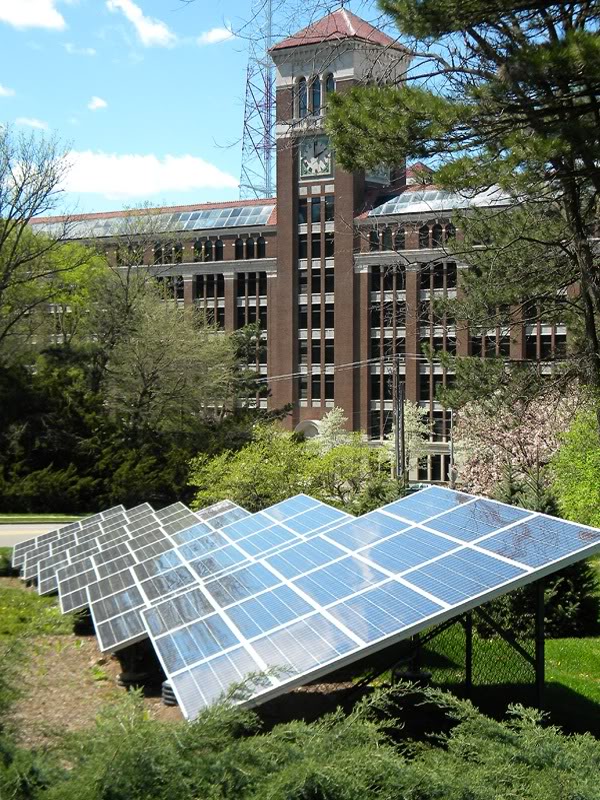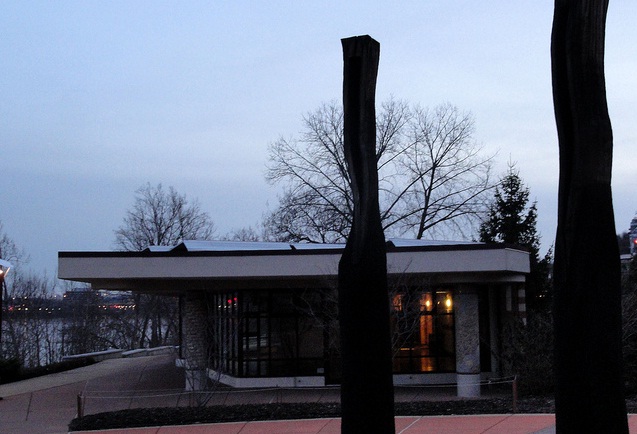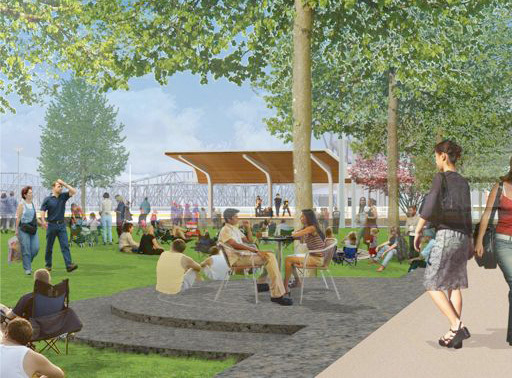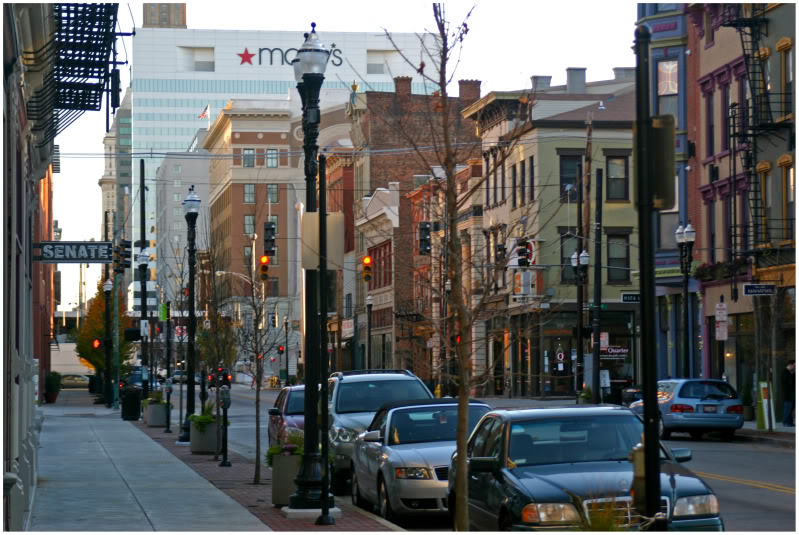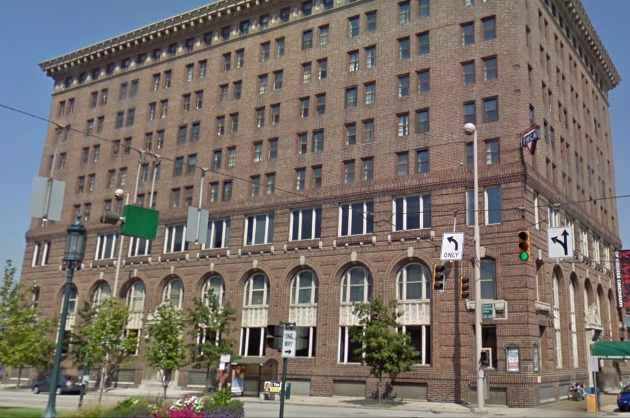The Cincinnati Park Board has been pursuing a more sustainable future over the past few years. Projects have included solar trash compactors, geothermal wells, rain gardens, invasive non-native plant removal, rain barrels, wind turbines and the development of solar panels among others.
As a result of their efforts, the Cincinnati Park Board is now the owner of the largest number of solar-powered structures in Ohio. Additionally, their 2010 Solar Panel Installation project has earned the organization first place honors from the Ohio Parks & Recreation Association (OPRA) and a Green Award of Excellence.
“Cincinnati Park Board’s use of solar voltaics in their parks is laudatory and quite amazing,” said Peter Harnik, director of the Center for City Park Excellence at the Trust for Public Land. “It is possibly doing more than any other park agency in the country.”
Elsewhere across the United States the Center for City Park Excellence points to two solar-powered fountains in Kansas City, solar-powered concerts in Austin and solar-powered lights in Santa Fe. In Atlanta, Harnik notes, that officials with the Atlanta Beltline have installed a 35kW system in a 7.5-acre park there that should make the park economically neutral.
State officials say that the awards were judged in a two-tiered process which included a panel of parks and recreation professional from around the state in addition to the OPRA’s board of directors. Cincinnati park officials earned the award specifically for their aggressive solar energy project funded by $451,000 in federal grants, $300,000 in state grants and additional private funds that made the installation of solar photovoltaic panels at 13 park facilities possible.
Ault Park, Krohn Conservatory and International Friendship Park are three of the locations for solar installation that are contributing to an anticipated 166,900 kWh energy production. An operations headquarters at 3215 Reading Road is the largest production location generating an estimated 50,000 kWh.
Going forward the Center for City Parks Excellence sees the use of solar energy and other renewable energy sources within city parks as a unique opportunity, but that additional studies and analysis should be conducted from these early adopters. In particular, Harnik says that it will be interesting to find out how much money Cincinnati’s effort makes or loses, and how much energy is fed into the grid.
Friendship Pavilion rooftop solar panels photo by UrbanCincy contributor Thadd Fiala.
